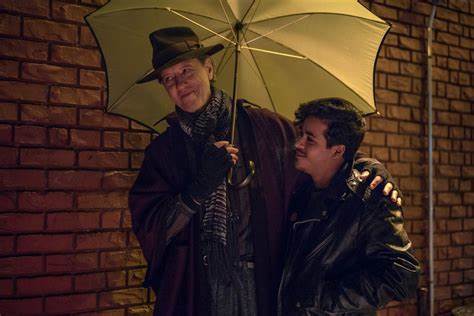I like land and I like art, so obviously I like land art, work by people like Nancy Holt, Christo and Jeanne-Claude, Andy Goldsworthy, Richard Long etc. Some of this art, and certainly seeing some of this art, involves a fair amount of walking, which is all to the good. And of course in some cases the traces of walking create the art.
Certain works of land art look like they must have been massively difficult to make, like Smithson’s Spiral Jetty:
But other kinds look less so. You go to some out of the way place, rearrange some stones or twigs or leaves or pieces of wood and Bob’s your uncle. Not that art needs to be difficult. This is by Andy Goldsworthy:
However, this sometimes raises the question is it art or just a row of rocks?
Is it a JG Ballard-inspired installation of crashed cars? Or is it just a row of crashed cars?
On Sunday I was in Shingle Street in Suffolk, where there was a white line of shells that led from the sea’s edge all the way up the beach, more or less to where the houses were, about 300 yards away.
This looked about medium difficult – a lot of searching to find the shells, a chance of back ache because of all bending to create the line, but I assume that cranes and earth movers were not involved.
A little research reveals that the Shingle Street line is the work of Lida Kindersley and Els Bottema who both grew up in Delft. The former is a letter cutter, the latter a ceramicist. The line was first made in 2005 when they’d both been diagnosed with cancer and has endured as a symbol of friendship and survival.
This image from their website, shows them at work:































